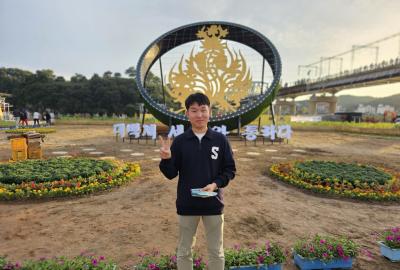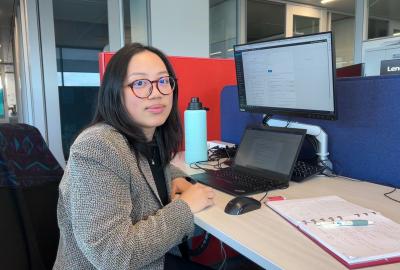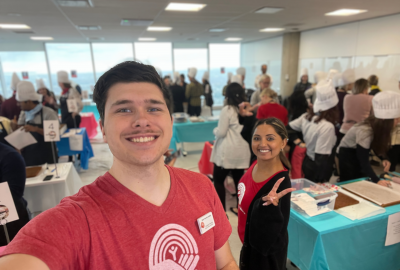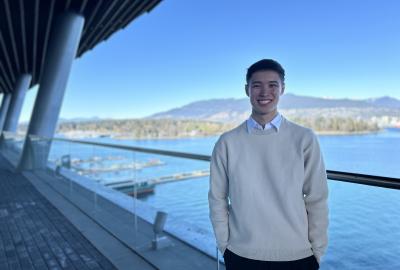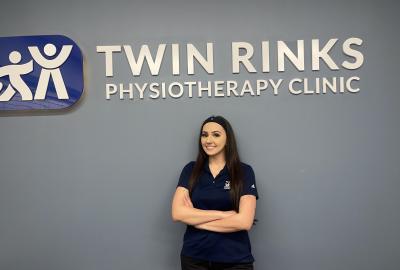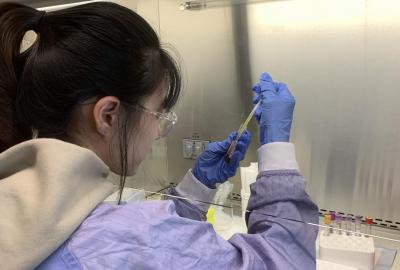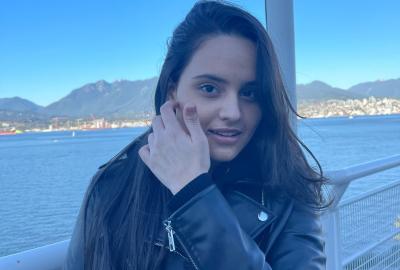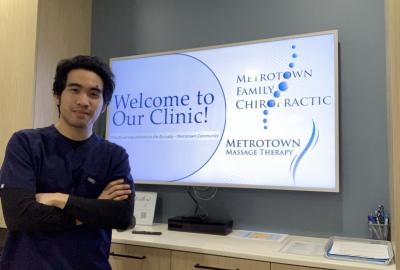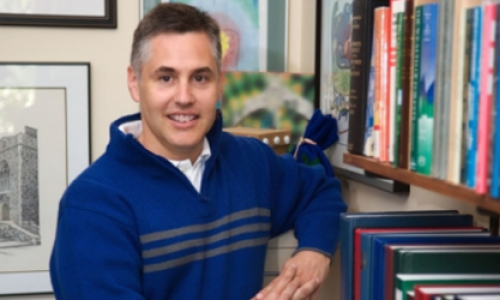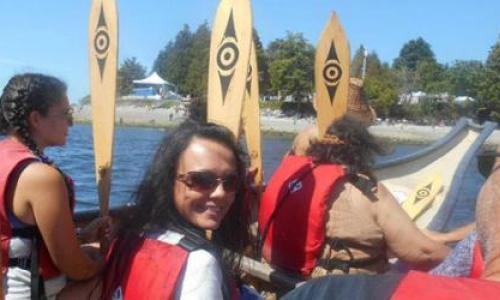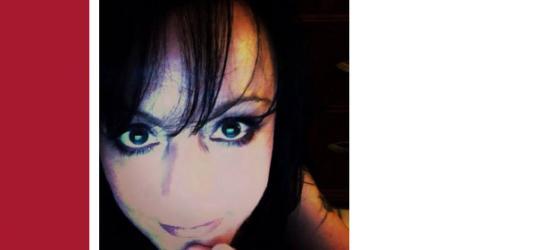
Phrase: ‘Real Women’
I was fifteen when my eating disorder came to town. I had always felt uncomfortable in my skin; acutely aware of the divots and crevices and stretches of material along my t-shirt that, like a neon sign, announced to the world that I wasn’t good enough. I experienced the usual rolly-pollies during the pre-teen years and the teasing words of unsuspecting classmates, though seldom and seemingly innocent enough, set themselves into the fabric of my insecurities. My perceptions of self became skewed and as I transitioned into another me; an older, bustier, shapelier me, I found flaws one could only see through my own mind’s eye.
I was always careful to evaluate my female peers at the beach and in the change rooms after gym class;mindful of the flatness of their stomachs, the length and width of their thighs and the fullness of their cup sizes. I never quite measured up; my legs too short, my thighs too thick, my stomach too flabby, my butt too round, so when I discovered I could control my size and shape through how and what I ate, I was delighted. I continued to inspect my female peers, but instead I began noticing, I am thinner than her…thinner than her…than her…her…. It was exhilarating and what I deemed empowering at the time as I began to feel more like a woman. I was better than her, prettier than her, skinnier than her, and therefore more desirable to the opposite sex, making me more of a woman. My physical beauty became the most important pieceof my identity, both within myself and outwardly amongst the people around me. This symptom plagued me well into my adult years and continues to haunt me to this day, though not to the same degree it once did.
Now, as an adult, small in stature and size, measuring 5’0 feet tall and about 98 Ilbs., I feel comfortable with myself most days. I am likely a little thinner than I need to be, but I’m healthy. And just as I was beginning to actually appreciate my shape and size, I am hit with “REAL WOMEN HAVE CURVES”. But not just curves, “Real women can do it by herself…”, “A real woman knows her worth…”, “A real woman NEVER really asks for much…”, “A real woman avoids drama…”A real woman will never be impressed by wealth and riches…”, “Real women pray…”, “Real women are classy, strong, independent…”. The list never ends. So, not only do I have to question my own womanhood based on the curvature of my buttocks, but also, I have to evaluate every tiny piece of my character in order to decide if I qualify as a ‘real woman’. Who even came up with this nonsense? It must have been a woman, because these ‘real’ women are constantly comparing themselves to others. Of course, I am being facetious, but this does seem to be the case, specifically with this phrase, ‘real women’.
As I look deeper into these two words, many questions arise. For example, what is a real woman? Who is a real woman? What does ‘real’ mean? What does ‘woman’ mean? Who is saying this? Who are they saying it to? Who makes this distinction? What is the message? What is the cultural significance of the message? Well then, let’s address some of these questions.
1. What is a real woman?
A real woman is made of skin and bones and muscles and ligaments and tendons and fat and blood and cells and organs and appendages and hair and teeth and nerves and ovaries and fallopian tubes and a cervix and…well, you get the idea. A real woman is made of a female human body. I could delve deeper into what it means to be a woman; opinions that would undoubtedly be different from the next person's, as I believe a person is a woman if they say they are a woman. There are women who were born with a male human body, but identify as women. They are women too, which brings us to the next question,
2. Who is a real woman?
A real woman is anyone who says they are a real woman.
3. What does ‘real’ mean?
According to Merriam-Webster dictionary:
real adjective
: actually existing or happening :not imaginary;
: not fake, false, or artificial;
: important and deserving to be regarded or treated in serious way
4. What does ‘woman’ mean?
woman noun
: an adult female human being
: all women thought of as a group
: distinctively feminine nature
5. Who is saying this?
The Real Beauty campaign was initiated by Dove brand. Dove developed the slogan, ‘real women have curves’. Since then the phrase, ‘real women’ followed by a myriad of finishing statements have found themselves posted on many Facebook timelines as, what I can only deem to be, some kind of statement about the person who posts identity and relationship with self as measured by the perceptions of those reading it.
6. Who are they saying this to?
Dove brand was saying it to its potential customers; it was saying it to women who feel insecure about their size and curves. It was saying it to young girls and mothers. It was saying it to aging women and skinny women. It was saying it to anyone who might have an emotional reaction (including men) to this campaign, because the bottomline for Dove was the bottom line. For those who post these sentiments on social media, they are saying it to other people who are reading it, but moreover they are saying it to themselves.
7. Who makes this distinction?
They do. The ‘they’ that we see as being outside of ourselves but still somehow make and police the various rules of society that we adhere to without knowing why or how. But we don’t question it, we just follow the guidelines we’ve been given, and adopt the role of policing those around us in order to maintain the status quo.
8. What is the message?
The message, simply put is, you are wrong. Your very being is wrong.
9. What is the cultural significance of this message?
If a woman lives her entire life comparing herself to others, measuring her self worth through the eyes of her critics, she will never fully step into her power. These statements give women impossible standards to live up to. In order for her existence to mean something, she has to receive the nod, from whom? She will die waiting.
It comes down to that old adage, ‘if a tree falls in the forest, does it make a sound?’ If I am the only human being in the world, do I really exist? Or do I only exist in relation to another person’s existence? If I were the only human being in the world, how would I know if I were fat or thin or short or tall or blond or brunette or attractive or unattractive or smart or stupid or man or woman or even human? The use of language like ‘real women’ only codifies discursive conditioning into the culture constructing ideologies of what it means to be a woman. The code that insists women view their lives, their characters, their bodies, their personalities, and their very beings as some kind of spectator sport, open for the viewing pleasure and commentary of others. On the broader spectrum, this kind of language calls into question philosophical inquiries about the very nature of existence.
Personally, I acknowledge that I do continue to compare myself to other women sometimes, but I accept it as a cultural script I have grown accustomed to. It does not say anything about me, about other women or about our value as women. It does, however, say an enormous amount about the culture that surrounds us.

